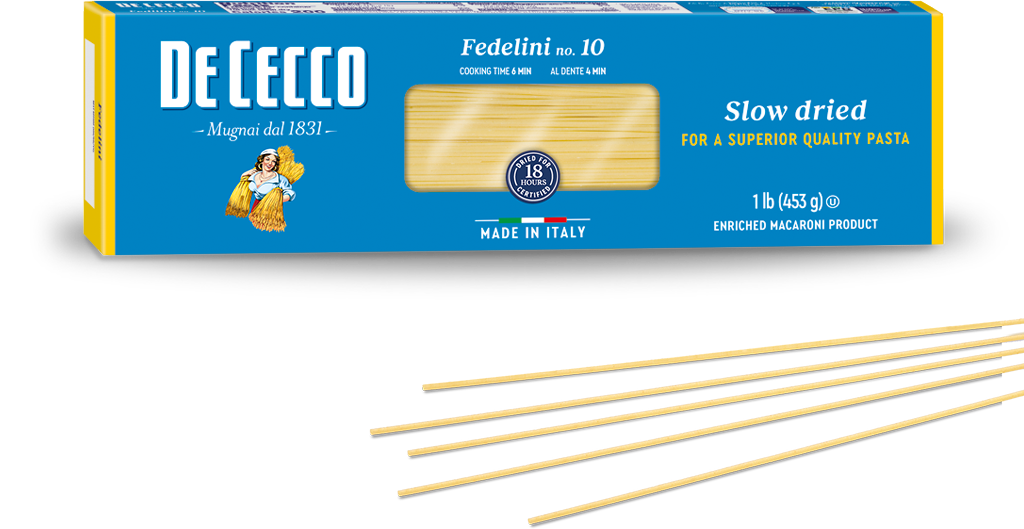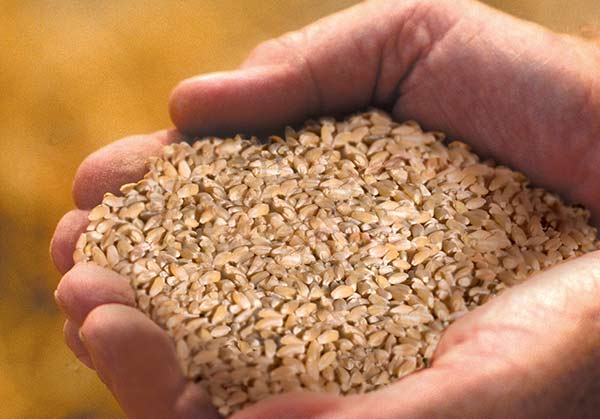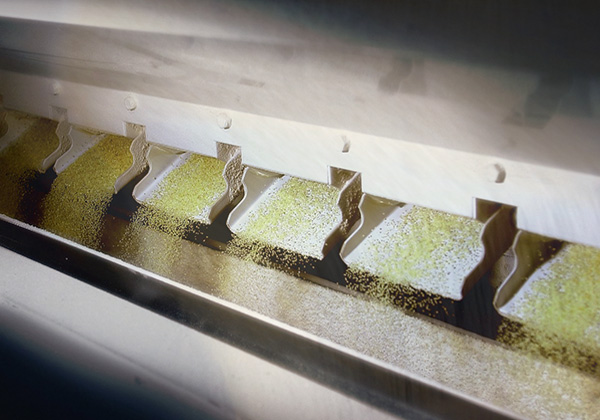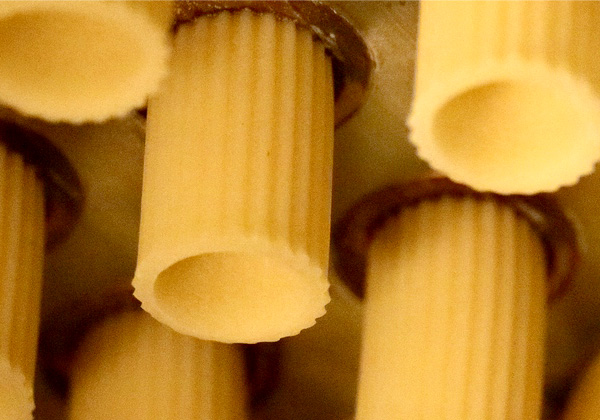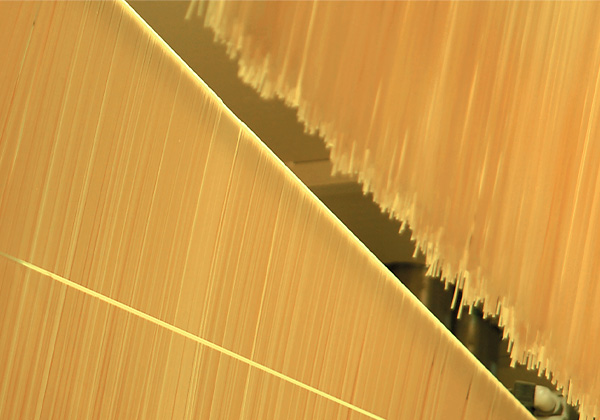Angel Hair Nests no. 209
The origins of Angel Hair Nests, with their evocative name (Angel Hair) and light consistency, are contested between the area around Genoa, Naples and the Ciociaria (central Italy). It is one of the thinnest types of long pasta wound into a nest shape.
Even the name Angel Hair is reminiscent of the fine consistency of this type of pasta which is ideal for infants from 9 months old onwards to help them get used to eating food for grown-ups.
Angel Hair are a type of pasta which is ideal with broth into which it is broken. Angel Hair can also be used for pasta dishes served with white sauces, eggs, uncooked butter and cheese.
Available in 8.8 oz pack.
- Cooking time: 2 min
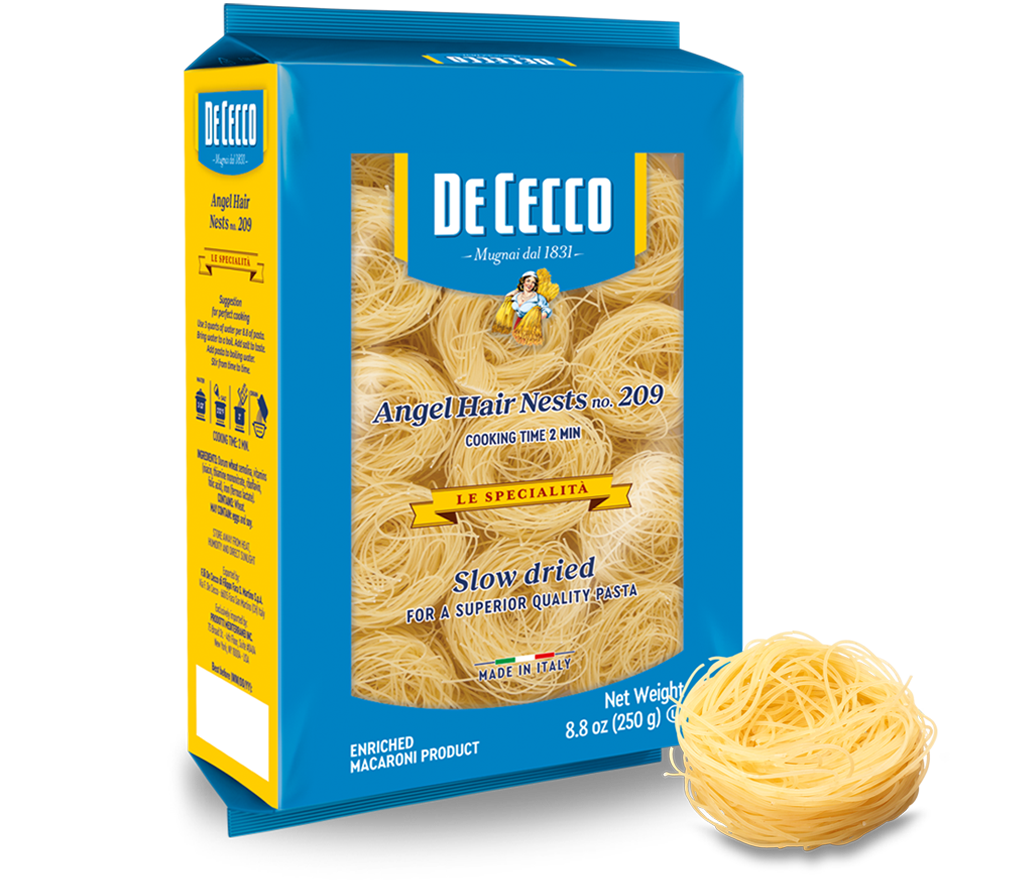
play
Our method
Attention, care, experience and quality during every phase: from our mill to your table.
You may also be interested in
Fedelini no. 10
The origin of Fedelini can be traced back to parts of Liguria and the province of Savona at the beginning of the 14th century with the start of the production of macharoni and tria, also called fidej. They are extremely thin which is how they can still be distinguished from spaghetti.
Simple condiments are recommended for this type of pasta. It is excellent combined with butter dressings, such as uncooked butter and cheese, or melted butter with sage and cheese. Egg or fresh raw tomato based sauces are also excellent. Another way to enjoy Fedelini is in a light, chicken broth. In addition to broths and pasta dishes with sauces, this pasta is also used to prepare oven-baked dishes in the Naples region.
Available in 16.0 oz pack.
Find out more
